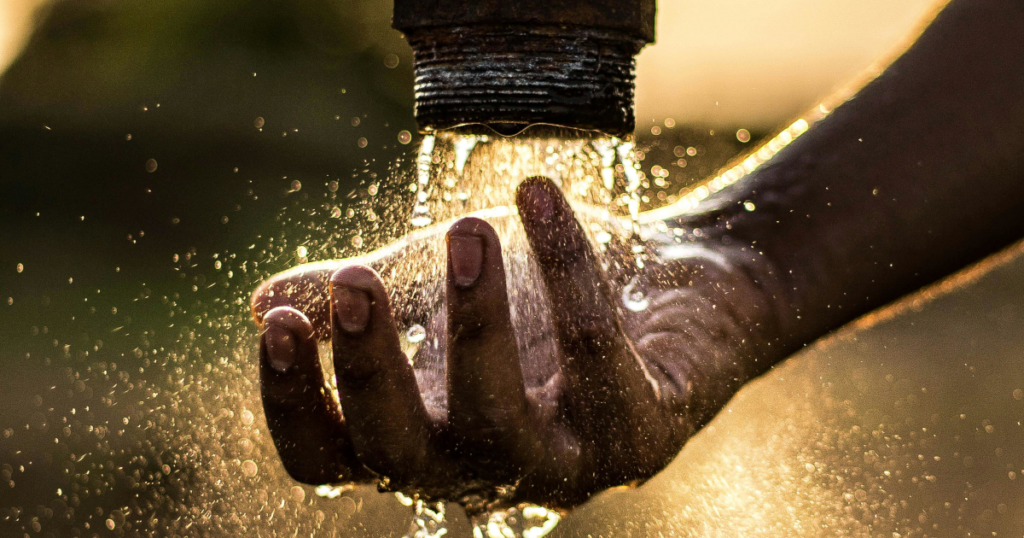
On livestock farms, access to clean and uncontaminated water is vital for the health and well-being of animals. However, just like in residential settings, well water on farms can be susceptible to contamination. Recognizing the signs that your well water is contaminated is crucial for maintaining the health of your livestock herd. In this guide, we’ll explore common sources of well water contamination on farms and provide five key indicators of water quality issues.
Understanding Well Water Contamination
Well water can become contaminated through various pathways, including:
- Surface Contamination: When pollutants from the surface, such as pesticides, fertilizers, or animal waste, seep into the ground and infiltrate the groundwater.
- Poorly Constructed or Maintained Wells: Wells that are improperly constructed or maintained may allow contaminants to enter the water supply, especially if they lack proper casing or seals.
- Nearby Septic Systems: If your well is located too close to a septic system, there’s a risk of bacterial contamination from sewage.
- Industrial Activities: Industries in the vicinity may discharge pollutants into the ground, which can eventually reach groundwater sources.
- Natural Occurrences: Naturally occurring substances like arsenic, radon, or minerals can also contaminate well water in certain geological areas.
Possible Signs Your Well Water Is Contaminated and What They Mean
- Unpleasant Odour or Taste: If your well water has a foul smell or taste, it could indicate contamination by organic matter, bacteria, or chemicals. For example, a musty odour might suggest the presence of mould or bacteria, while a metallic taste could signal the leaching of metals like iron or manganese. In any case, unusual odours or tastes warrant immediate investigation and testing.
- Discoloration: Cloudy or discoloured water is often a sign of sediment or particulate matter in the water. However, certain colours can indicate specific contaminants. For instance, a yellow or brown hue may signify elevated levels of iron or manganese, while blue-green water might indicate the presence of copper or other metals. Reddish-brown stains on fixtures can also suggest high iron content. Regular monitoring of water clarity and colour can help detect potential issues early on.
- Changes in Water Pressure: Sudden fluctuations in water pressure or flow could indicate a variety of problems, including well contamination. Contaminants or blockages within the well or plumbing system may disrupt water flow, leading to pressure changes. If you notice inconsistent water pressure or sudden drops in flow, it’s essential to investigate the cause promptly.
- Changes in Animal Health: Reduced feed intake, decreased milk production, or signs of illness among livestock can be indicative of waterborne diseases or toxic exposures. Diarrhea, respiratory problems, or skin lesions may signal bacterial contamination, chemical toxicity, or excess minerals in the water supply.
- Presence of Sediment or Floating Particles: Visible particles or sediment in your water are clear indicators that your well water is contaminated. Sediment can consist of organic matter, sand, silt, or other debris, and its presence suggests compromised water quality. Additionally, floating particles could indicate the presence of microbial contaminants or chemical pollutants. If you observe sediment or unusual particles in your well water, it’s crucial to refrain from using it for drinking or cooking until you can determine the cause and ensure its safety.
Learn what Agriculture Canada says about water quality and livestock
Maintaining high-quality water on livestock farms is essential for ensuring animal health, productivity, and welfare. By understanding the sources of contamination and recognizing if your well water is contaminated, farmers can take proactive measures to protect their livestock and water resources. Regular testing, proper manure management, and well maintenance are crucial components of a comprehensive water quality management plan on farms. Remember, investing in water quality today ensures the long-term sustainability and success of your livestock operation.
H2O2 Waters sustainable water treatment can help ensure your water is free of contamination which ultimately leads to happier, healthier animals with improved growth and production rates. Click here to learn how you can get started with H2O2 Water and take a step to better water for your animals!
